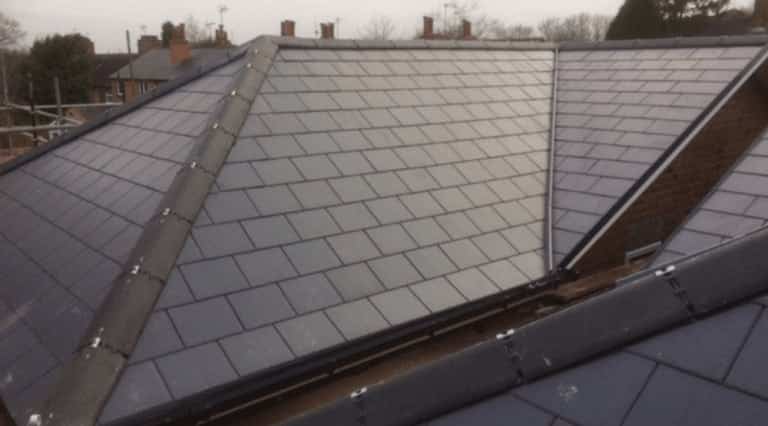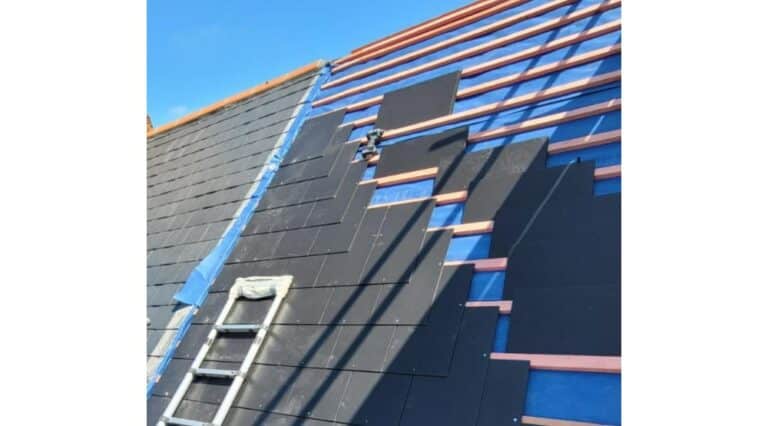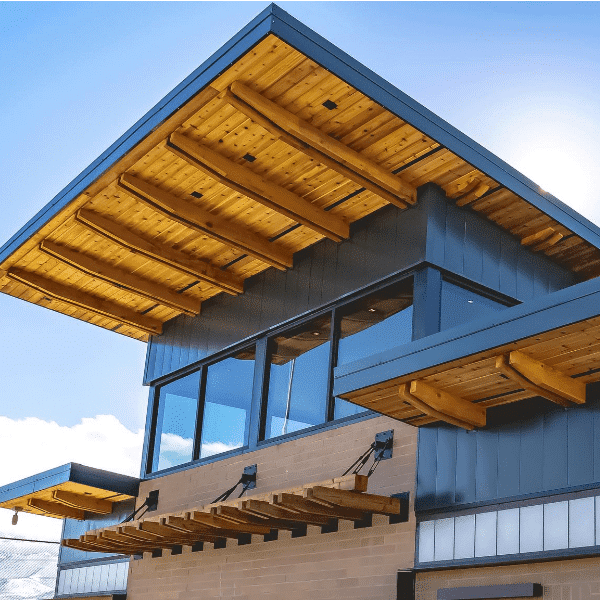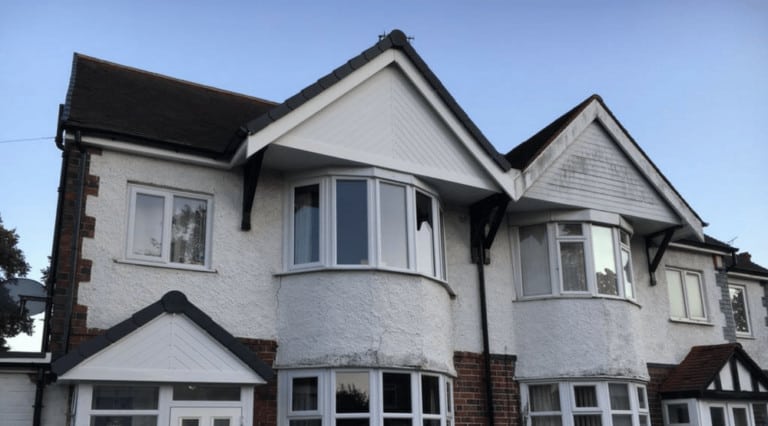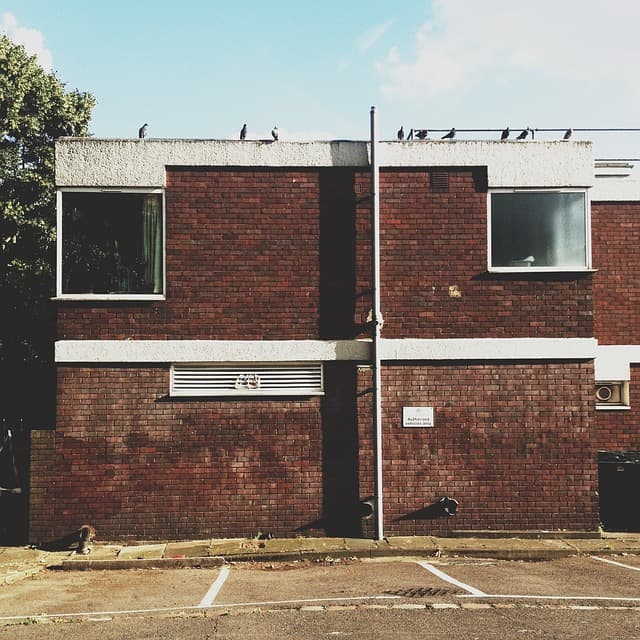Find My Local Expert The Importance of Gutter and Roof...
Read More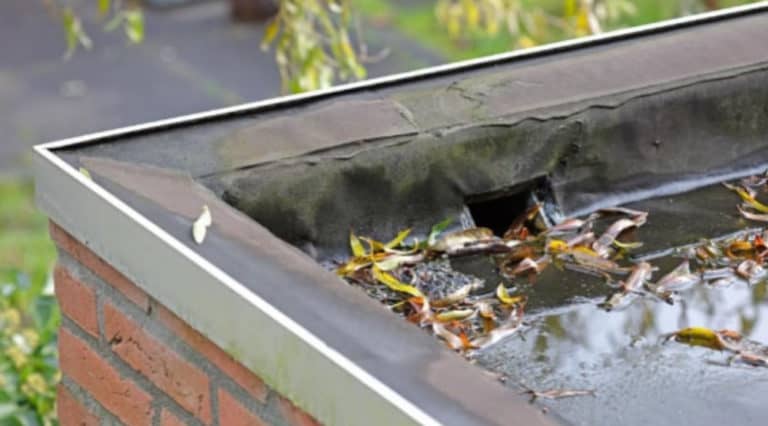
Flat Roof Drainage Systems
Flat roofs are often the roof of choice for industrial and commercial buildings, and really any building that is a bit on the large side. They are a cost-effective solution, and, while they will rarely be called inspiring in the visuals department they don’t take anything away from the building.
One of the big problems with flat roofs, however, is drainage. A large flat surface like that is a water-pooling problem waiting to happen, and water-pooling is a serious problem for a roof. Water is an incredibly destructive medium, and, given enough time, it will certainly damage your roof, which is why drainage is important. Keeping the water from settling will not only avoid things like sagging where the water settles, it will extend the life of your roof and reduce the amount of maintenance you need to carry out on it over time.
Drainage Systems: Gutters and Down spouts
Gutters and down spouts are perhaps the most familiar type of drainage roof drainage, since the vast majority of residential homes make use of this style. Essentially, the roof of a building is encircled with guttering that catches rain water as it runs off the roof. The water then travels around the guttering until it reaches a down spout—a vertical pipe leading down to a designated drainage spot.
Of course, for this to work, your roof will need to have a sufficient slope to cause the water to run off to the sides, rather than pool in the middle, but your roof should have such a slope regardless, even if it is a flat roof.
The main advantage of this style of roof drainage is that it is inexpensive and easy to repair. If a piece of guttering becomes damaged, it can simply be replaced. Being on the outside of the building makes it more readily accessible than some alternatives, but it is not without its downsides, the main one being the ease with which it can become blocked.
Because the guttering is so open to the elements, it often fills up with leaves and other debris that is moved around in the wind, which can clog up the guttering and, in some cases, the down spouts. Worst still, it can become home to wildlife (mostly birds) which will only exacerbate said clogging.
All in all, gutters and down spouts are an effective and inexpensive drainage system, but you should be prepared for the necessary maintenance to keep flowing freely.
Interior Drains
One of the most common drainage systems for flat roofs, the interior drain system works a lot like a regular gutter and down spout setup, with the main difference that the drains are underneath the surface of the roof, rather than out in the open.
Strategically placed drainage holes where the design of the roof will lead to water pooling will allow water to funnel out through the hidden pipes and into a down spout. This allows for an effective drainage system without marring the look of the building with visible pipework, or cluttering the roof with drains that can be tripped over.
In terms of advantages and disadvantages, the obvious advantage to interior drains is the fact that everything is kept contained and out of sight. This is ideal if the roof of the building is going to be used in a way that means people will be up there regularly, since it means fewer things for them to trip over. It’s also ideal for building where the appearance is important, and you don’t want drainage pipes out in the open.
On the negative side, maintenance and repair is a much more involved process and, as a result, more costly, since the drains are hidden away under the roof. The drains themselves won’t clog as easily as a gutter and down spout combination because there are no exposed drainage channels, but they do clog occasionally, and when they do, specialist tools will be required to free them up. Perhaps the biggest downside is that on the rare occasion a drainage pipe breaks, the leaking water will usually find its way into the building, whereas with a gutter, it would just pour down the outside of the building.
Scruppers
Scuppers in and of themselves are not a drainage solution (unless you want water cascading down the side of your building) but rather they are part of a drainage solution.
For flat roofs that have an encircling wall—which would hopefully be the case for any roof that is likely to have people moving around up there—or even just a small lip to prevent water from pouring off at random places.
A scupper is essentially a designated spot for the water to exit the roof. This of course needs to be combined with a down spout and perhaps some guttering to safely transport the water from the scupper to the drain below.
The idea here is simple enough; while guttering encircles all or most of a roof so that it can catch rainwater as it pours over the edge of the roof, scuppers rely on the structure of the roof to stop the water from getting out just anywhere. The water is then forced to exit through the only available spots—the scuppers—where a down spout will be placed.
The main advantage of a scupper drainage system is that it is often much cheaper than the alternatives—even guttering in some cases—and also allows for the roof and outside of the building to be kept free of clutter.
On the downside, smaller scuppers are prone to blockages, and smaller roofs will be limited in how large a scupper they can support. There is also the fact that scuppers are built-in to the structure of the building, making adding them after the fact an expensive and disruptive process. Call a professional right now!
Siphonic Drainage
Siphonic drainage systems are the newest of the bunch in our list of flat roof drainage options, and the only one that is an active system. Rather than letting gravity do all the work, siphonic drainage pulls the water into the drainage system using a clever system that creates a vacuum in the drainage pipes when the water flow is such that it blocks air from getting into the drain. This vacuum then creates a negative pressure that forces the water out at a much faster rate than gravity would achieve, but also has the added bonus of sucking more water down into the drain, making it far more effective during heavy rainfall.
Like interior drainage, most of the components for siphonic drainage are hidden away, making a roof using this system look much less cluttered. Unlike interior drainage, far fewer pipes are needed for the same amount of roof surface area, as the system is so much more efficient. This is also the main advantage of siphonic drainage; fewer pipes, and the pipes themselves don’t need to be as large.
Unfortunately, those smaller pipes are more susceptible to blockages from debris, like leaves. A lack of regular maintenance can result in damage to the system, which would be costly to repair.
Other Ways to Prevent Flooding on a Flat Roof
The most fundamental thing you should do to prevent flooding on a flat roof is ensuring it is kept in top shape. As a flat roof settles and wears over time, it can begin to develop low spots where water can pool. If there is a low spot away from a drainage point, it won’t matter how effective your drainage system of choice is, you will still get flooding on the roof.
Not only can flooding damage your roof and, in severe cases, leak through and even cause holes in the roof, but it can be unhygienic if you are in a part of the world the standing water on your roof would not evaporate over the course of the day.
Another thing to make sure of is that your drainage spots are being fed. Your flat roof should actually be flat, but should slope ever so slightly to ensure that the water runs where it needs to run.

Conclusion
There is no single “best” option for flat roof drainage that will apply to everyone. The specific circumstances of your roof will play a big role. For example, scuppers are great for a mid-sized roof with an encircling wall, but can face problems with blockages on a small roof, and will provide insufficient drainage on a large roof. Gutter and down spout drainage faces the same problems, and this is because there is no way for these methods to drain the centre of the roof. Instead, they rely on water getting to the edges. Interior drainage or siphonic drainage solves this problem but introduces potential headaches if your roof is subjected to a lot of debris.
One of the best things you can do is speak to a professional before choosing. They will be able to assess your specific circumstances and make recommendations that will suit your needs. It’s really not worth cutting corners with your roof.
You May Also Like...
Roof Repair – Tile, Slate & Flat Roofs
Find My Local Expert Roof Repairs – Tile, Slate &...
Read MoreIs Flat Roofing the Right Choice for Your Home?
Find My Local Expert Is Flat Roofing the Right Choice...
Read MoreGuttering, Fascia and Soffit Repair and Replacement
Find My Local Expert Guttering, Fascia and Soffit Repair and...
Read MoreDo I need planning permission for a flat roof extension?
Find My Local Expert Do I Need Planning Permission for...
Read MoreNeed Help with your Flat Roof?
My Trusted Expert Guarantee
Experts Have Been Vetted & Approved
